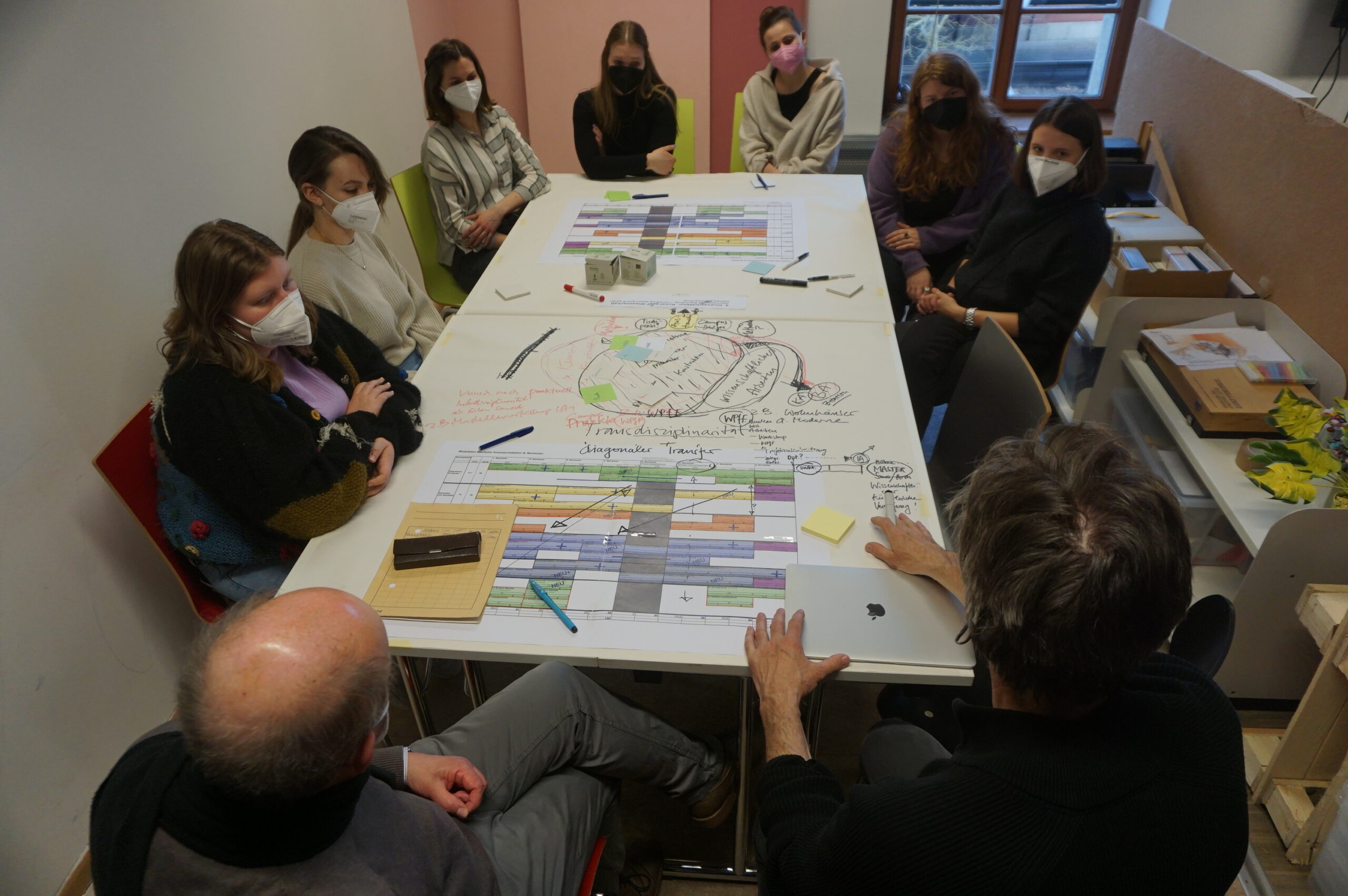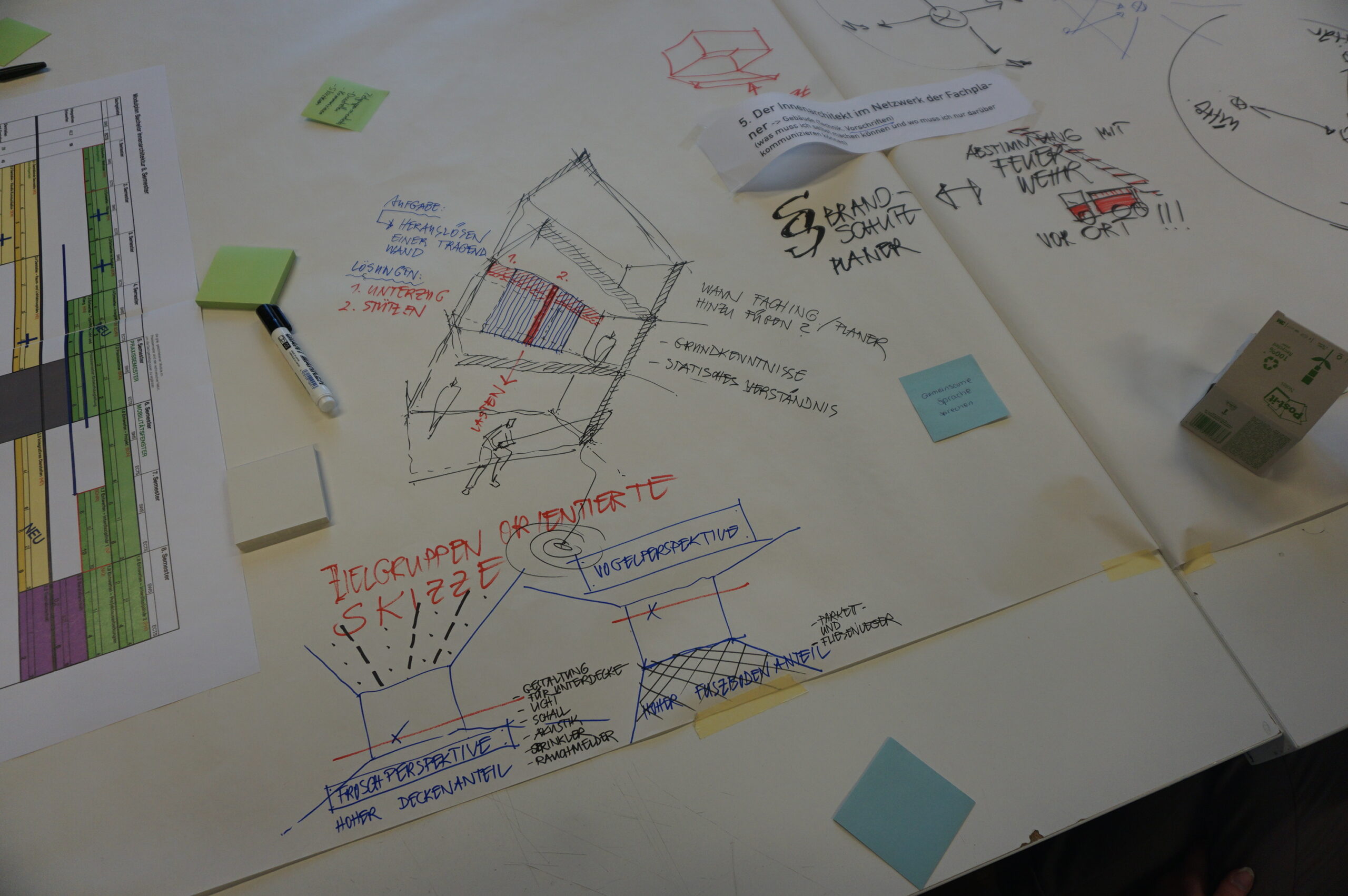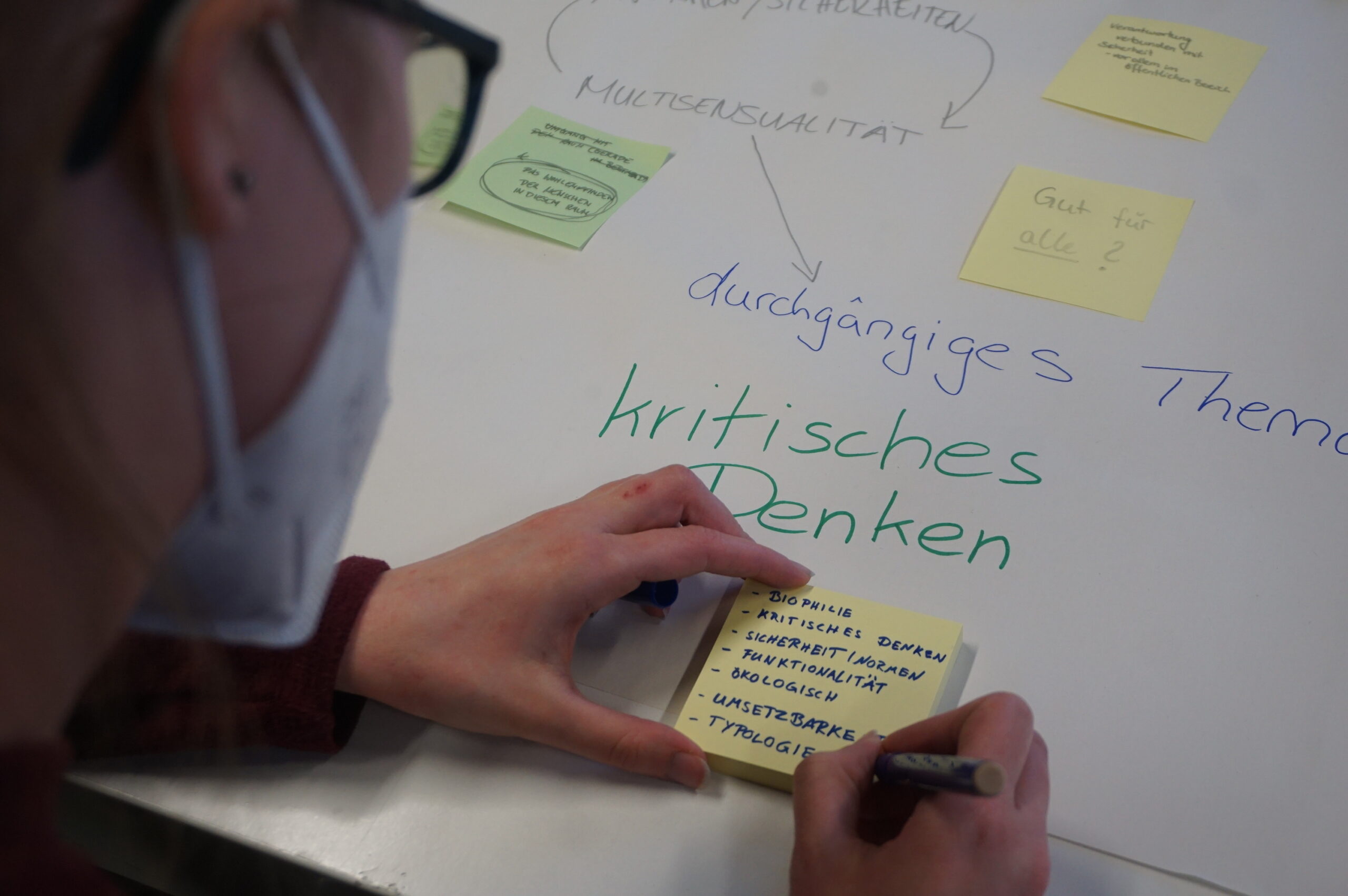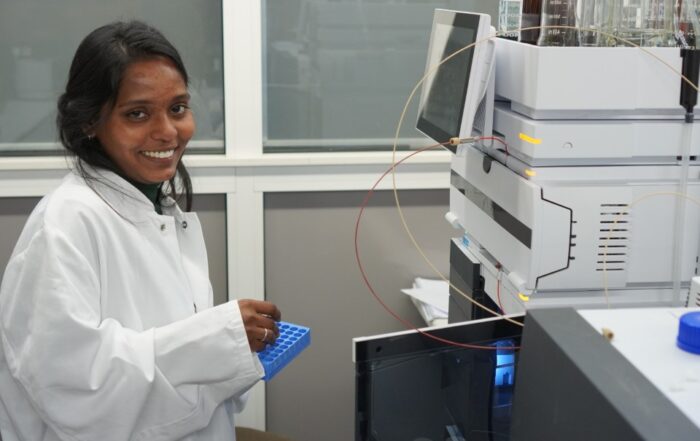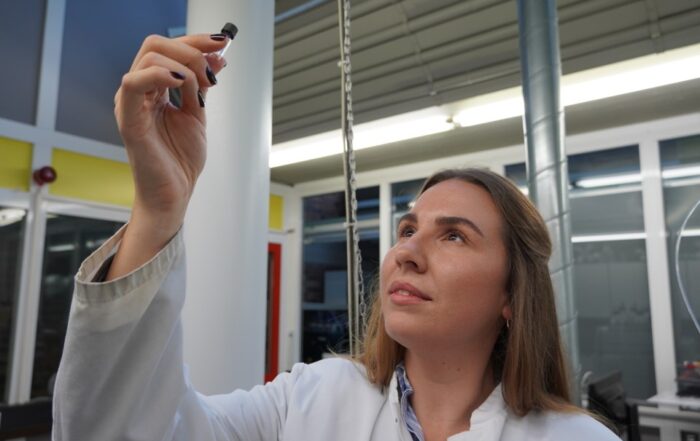29. March '22
At the “Interior Architecture Education Day”, students and lecturers from Coburg University of Applied Sciences discussed with guests what is currently important in studies and professional reality.
The switch to an eight-semester Bachelor’s degree course at Coburg University of Applied Sciences now enables entry into the chambers of architects in all federal states.
The concept is attracting national and international attention.
Whether you are a doctor, lawyer, pharmacist, notary or tax consultant, you are self-employed but do not run a business.
Such freelancers are organized in chambers.
Only when they are registered with the Chamber of Architects are interior designers allowed to use the title, and they also have more freedom in practicing their profession and better protection at the same time.
In most federal states, this requires a four-year course of study – and the Bachelor’s degree course in Interior Design in Coburg meets this requirement by switching to eight semesters.
Prof. Dr. Michael Heinrich, Dean of Studies at the Faculty of Design, and Verena Fritsch, project coordinator for the course, have drawn up the new study and examination regulations on the basis of a specially developed specialist qualifications framework for interior design.
After the first semester had been put into practice, students, lecturers and external experts discussed the subject at the first “Interior Architecture Education Day”.
The idea was introduced by course director Katharina Bonhag-De Rosa.
Experience from interior design
“The result was an informative transfer in both directions, which can help to focus the content in the subjects of our now eight-semester course,” Bonhag-De Rosa sums up.
Around 90 students were there live; 30 joined in online.
According to Prof. Dr. Heinrich, it was particularly interesting for them to see their degree course from the outside.
The university’s new module plan was well received and the external guests talked about their experiences in national and international professional practice.
The Association of German Interior Architects (bdia) was represented by several representatives, including the Bavarian board member Daniela Scheibe.
On behalf of the European Council of Interior Architects (ECIA), René Pier reported on the Charter of European Interior Architects.
This is based on the guidelines of the Union Internationale des Architectes (French for International Union of Architects, abbreviated to UIA) – and these in turn are comparable to those of the Chamber of Architects.
A special degree program
With the usual six or seven semester Bachelor’s degree, students have to add a Master’s degree if they want to become self-employed as an interior designer – or stay in Bavaria forever, as six semesters are currently sufficient for registration with the Chamber in Bavaria. In most other federal states and other European countries, eight semesters are required. “This is almost unheard of for Bachelor’s degrees,” explains Verena Fritsch. “Although you can also work as an employee with a B.A. in interior design, if you are registered with the chamber, you still have advantages such as the ‘small’ building design license.” This can be used to submit an application to the building authority for a dormer or an extension, for example. Such practical questions were discussed, but the students were also interested, for example, in how the institutions and associations help to organize work in a family-friendly way. The new orientation of the degree course also enables a more intensive examination of research topics. “The exchange was inspiring, a very intensive event,” says Verena Fritsch.
“The afternoon was actively used as a platform to discuss the students’ needs and wishes,” explains Bonhag-De Rosa.
In the “World Café”, current topics in interior design were discussed in five alternating groups: for example, the responsibility for what is planned and designed, the psychological effect of rooms and the question of whether interior design is art – or science.
“All groups came to the same conclusion: both!”


